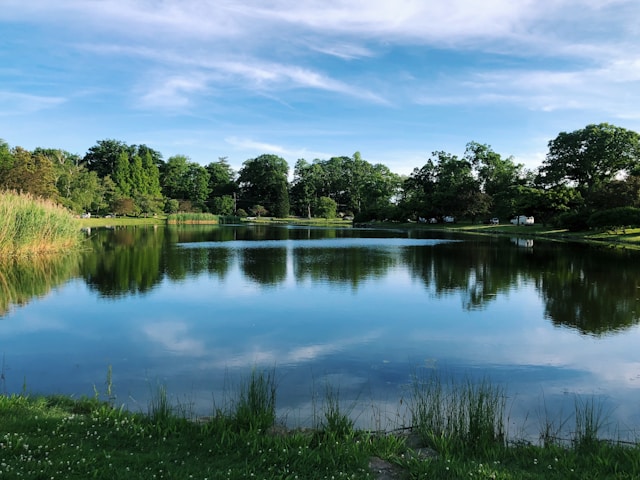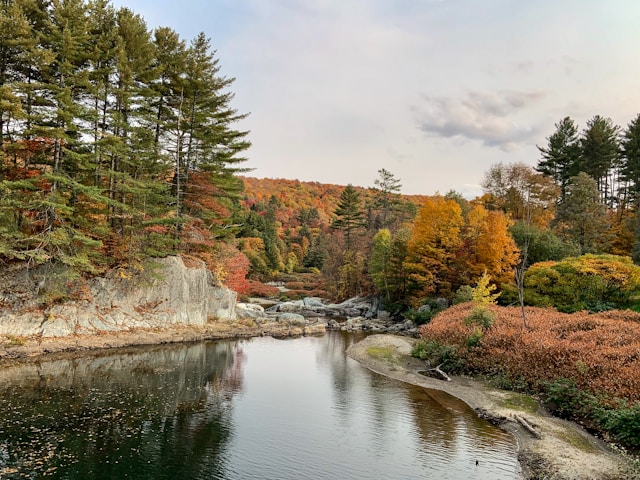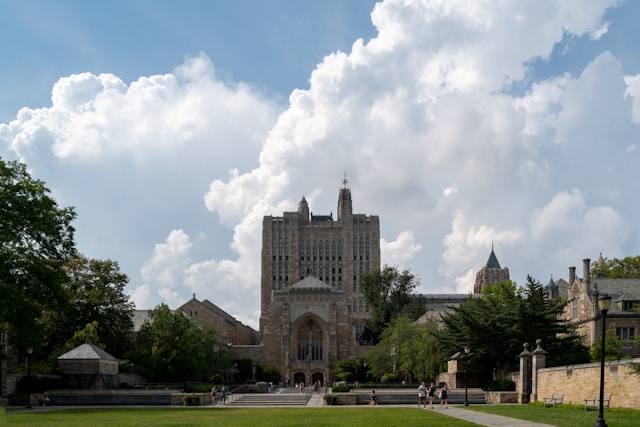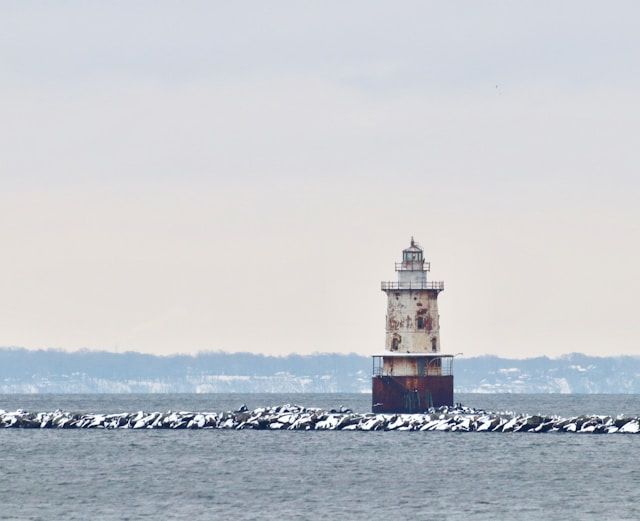This article dives into the aftermath of a recent, intense nor’easter that hammered parts of the Mid-Atlantic coast. The storm left a trail of destruction and sparked a lot of talk about coastal erosion, beach replenishment, and how we protect our shorelines over the long haul.
Most of the damage hit communities along the Jersey Shore, but honestly, the ripple effects reach us here in Connecticut too. Shoreline towns like Westport, Fairfield, Guilford, Old Saybrook, Madison, East Lyme, Mystic, and Branford face these same headaches on a regular basis.
Explore top-rated stays with no booking fees and instant confirmation. Your dream trip starts here!
Start Exploring Now
Nor’easter’s Impact Felt Beyond New Jersey
Over the weekend, the nor’easter battered the Jersey Shore, tearing away beaches and flooding neighborhoods. In Beach Haven, Mayor Colleen Lambert described battered beaches, flooded roads, and even water inside the fire station.
Erosion has haunted the area since Hurricane Erin. Public works crews keep scrambling to maintain the dunes that protect the community.
Risk to Homes and Infrastructure
Losing natural dune barriers isn’t just about looks; it’s a public safety issue. Without those sand dunes, homes and infrastructure on barrier islands like Long Beach Island stand exposed to pounding waves and storm surge.
For Connecticut towns, that’s a warning sign. Places like Westport and Guilford have watched their dunes vanish during past storms, and local officials know how quickly a high tide and storm surge can turn things dangerous.
Coastal Erosion: A Nationwide Problem
Federal data says coastal erosion racks up around $500 million in property losses every year. The U.S. government puts about $150 million annually toward beach nourishment and erosion prevention.
From 2023 to 2025, New Jersey alone is set to get $577.2 million in federal funds, plus $310 million from state and local budgets.
Connecticut’s Perspective
Old Saybrook and Madison already include beach nourishment in their plans for resilience. The fight in New Jersey echoes what’s happening here: some folks call replenishment a waste since sand can vanish after big storms, while others argue the sand often comes back as natural cycles shift.
The Debate Over Beach Replenishment
Seaside Park Mayor John A. Peterson Jr. noted dune damage but sounded hopeful that nature would rebuild the beaches over time. Other leaders in Long Beach Township, Seaside Heights, and Sea Bright reported different levels of damage, but most agreed it could have been a lot worse.
Lessons for Connecticut’s Shoreline Towns
For towns from East Lyme to Branford, this nor’easter is a wake-up call. Coastal strategies need to weigh costs, environmental impacts, and what actually works in the long run.
Monitoring and Assessing Damage
As the floodwaters finally pull back, New Jersey’s environmental officials are gearing up to check out the full extent of the damage. Without solid damage reports, it’s tough to figure out where to put funding or how to rebuild smartly.
Connecticut’s Department of Energy and Environmental Protection does the same after big storms—collecting data, checking dune strength, and measuring erosion rates.
What This Means for Connecticut Residents
If you live in shoreline spots like Fairfield or Mystic, here’s the reality: storms like this nor’easter aren’t rare. Preparing with smart coastal management, strong dune systems, and enough funding is just part of life now.
Public awareness and local involvement matter too. When people get engaged, we’re more likely to land on solutions that actually last and don’t trash the environment in the process.
Key Points to Remember
Connecticut still faces big challenges as it works to protect its shoreline.
- Coastal erosion leads to serious property damage every year.
- Federal and state funding keeps replenishment projects going.
- People disagree about sand replenishment—results and strategies seem to vary a lot.
- When dunes disappear, homes and infrastructure face more risk.
- Good post-storm assessments help shape future protection plans.
- Public participation in planning can actually change how resilient the coast becomes.
- Looking at what neighboring states do sometimes helps Connecticut get better prepared.
- Storm intensity jumps around, but recovery always needs teamwork and money.
The conversation about resilience never really ends. Whether you’re thinking about the Jersey Shore or Connecticut’s coast—from Branford to Mystic—the same question keeps coming up. How do we protect our communities from nature’s toughest blows and still care for our shorelines for the long haul?
Here is the source article for this story: Nor’easter robs Jersey Shore beaches of sand, reaches dunes in some areas
Find available hotels and vacation homes instantly. No fees, best rates guaranteed!
Check Availability Now








